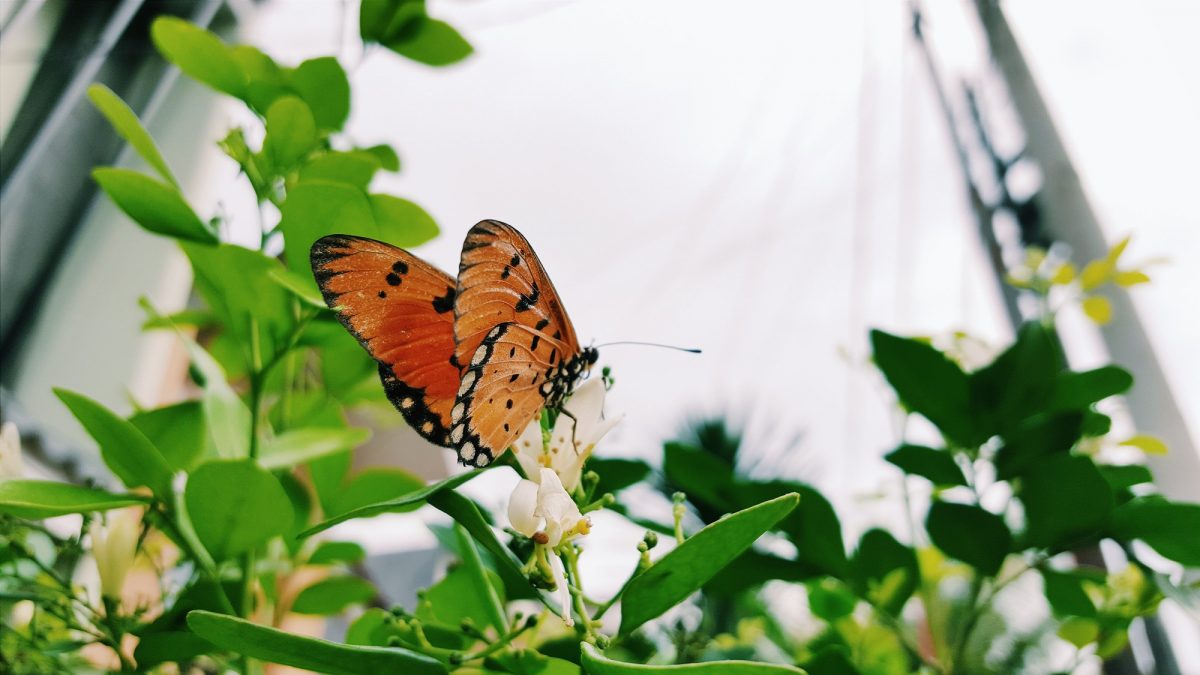Many gardeners in California are interested in environmentally sound practices, such as minimizing the use of chemical pesticides, fertilizers, and herbicides. Practicing resource-efficient landscaping is important to limit the impact of plants on the land and water. For example, pruning enables new buds to grow on woody shrubs, and removing suckers can prevent the growth of weeds. For trees, perennials, and turf grasses, feeding will continue throughout the year. Mulch will also help replenish the soil during winter months.
Perennials, on the other hand, can produce flower blooms throughout the year. In addition to flowering perennials, they also require fertilizer. Perennials have a specific time window when they bloom, which makes them great for a four-season garden, but low-maintenance varieties can provide flower blooms throughout the year. A low-maintenance garden can be accomplished by avoiding flowering annuals and choosing plants that bloom throughout the year.
In September, California is warm enough for planting vegetables. These can be transplanted or started as seeds. Learn about vegetable gardening from the California Master Gardener Handbook. Herbs and potatoes can also be grown from seeds. For ornamental plants, you can choose chrysanthemums, daffodils, and Dutch iris. Some plants also do well as container-grown flowers. If you live in a warm, dry climate, you should plant these types of plants as soon as possible.
Another tip is to deadhead your flowers. Planting deadheads will help them to flower longer and produce fresher flowers. Flowering perennials and bulbs will also complement each other in a garden. They will bloom for longer periods of time if they are well-maintained. Flowers are important to the survival of species, so make sure you plant a variety of plants that will bloom at the same time. If your garden is lacking in color, consider planting a variety of flowering perennials. Some of them will bloom all at once and last well into the fall.
Regardless of your growing climate, planting your vegetables and flowers in the fall will extend your gardening season. Planting plants earlier will also allow them to develop a good root system. In addition, cool weather eliminates heat stress in new plants, and more rainfall will help them establish strong root systems before the harsh winter months arrive. The best time to plant these plants is four to six weeks before the ground freezes. You can also delay planting warm-weather crops until late spring and early summer.
For an attractive garden with color and texture, consider planting some native plants. A clematis, for example, is a non-invasive flowering vine that grows well in full sun to part shade and is tolerant of a variety of soil conditions. This flowering vine has purple-blue blooms that last through the spring and repeat in the fall. It is also a great privacy plant, as it can be trained over fences, lampposts, and walls. Clematis can dress up a dull garage wall and is ideal for a home’s foundation planting.

